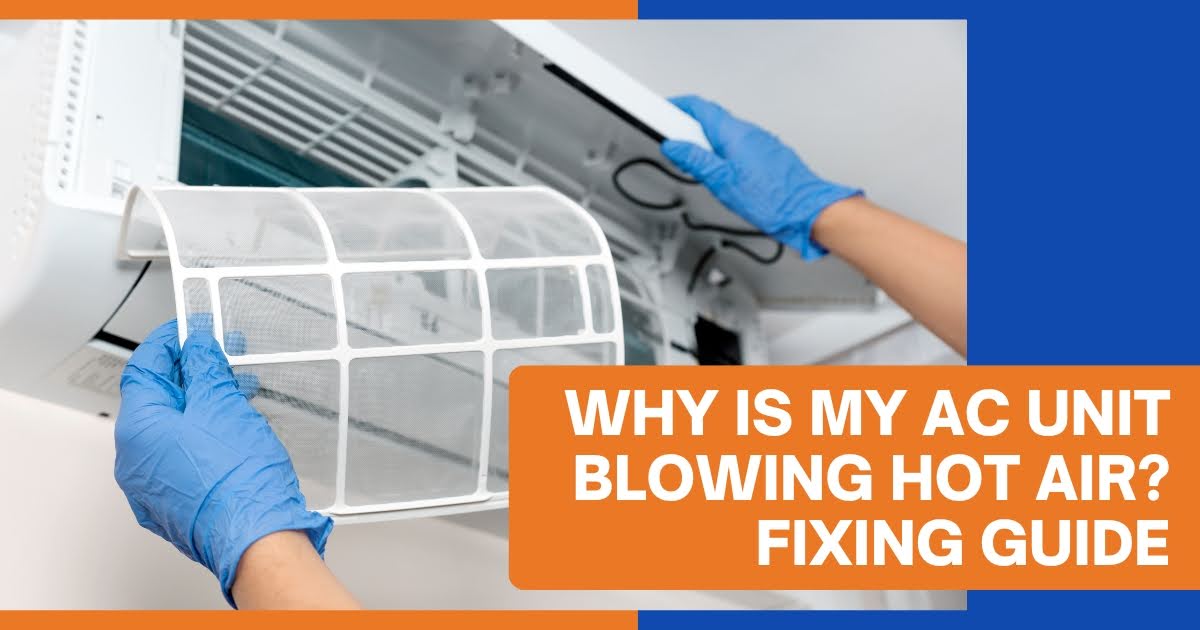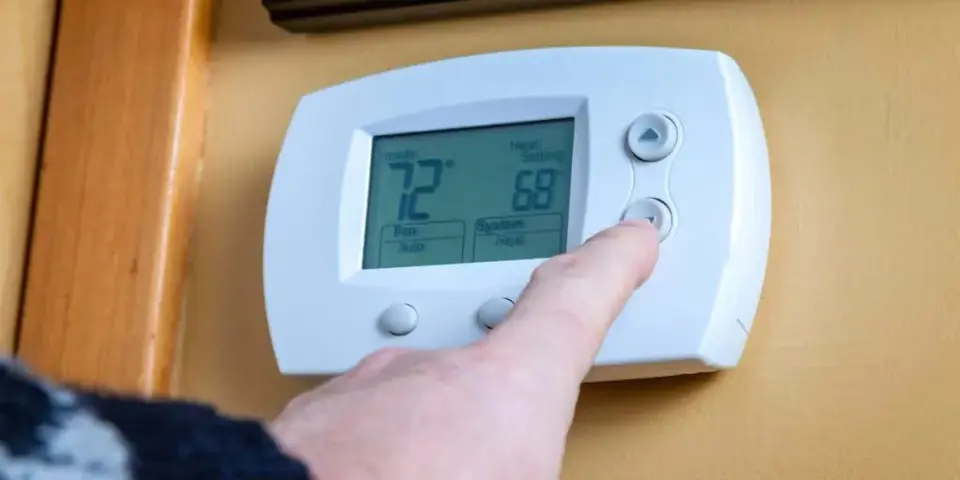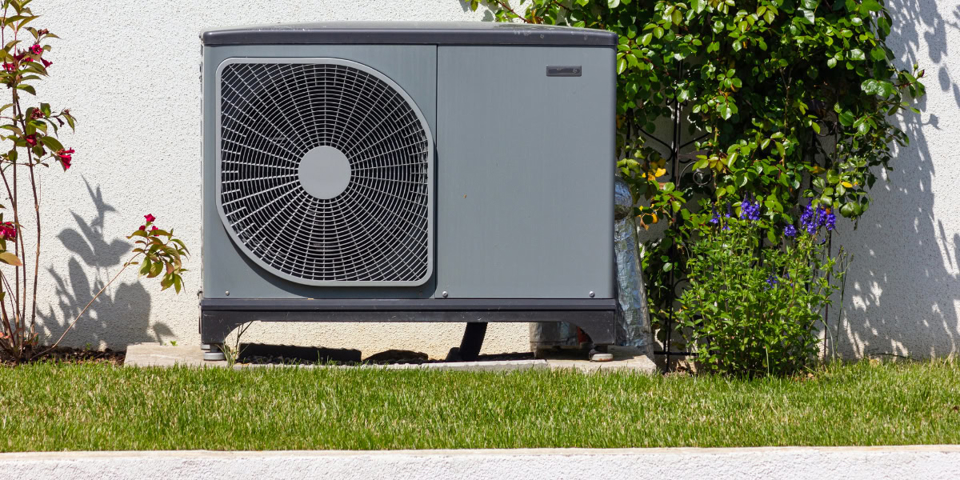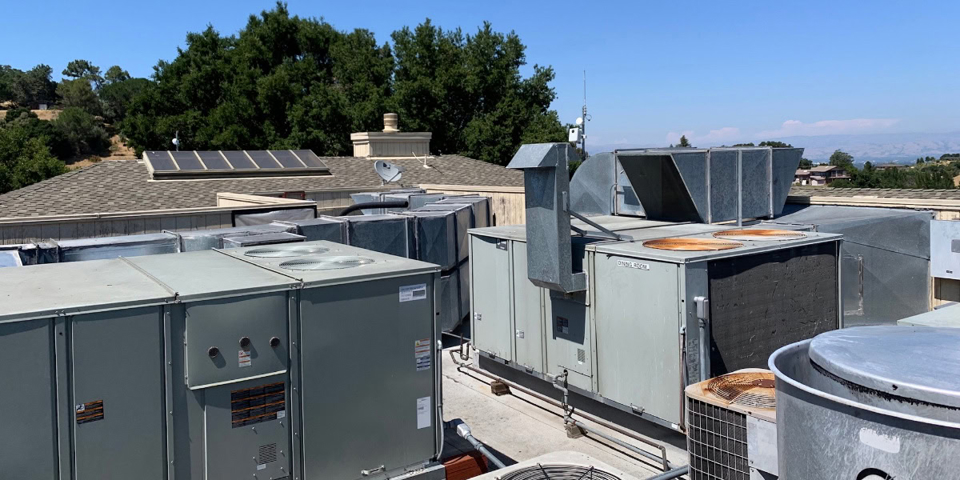When your air conditioner starts blowing hot air, it can be frustrating, especially during summer. If you’re dealing with this issue, understanding the reasons and solutions can save time and money. In this guide, we’ll explore why your AC unit might be blowing hot air and how to fix it effectively. Whether you’re troubleshooting AC problems or seeking professional assistance, this article will help.
Common Reasons for AC Blowing Hot Air
Understanding why your AC is blowing hot air is the first step to resolving the issue. Below are the most common causes:
Thermostat Settings
Sometimes, the thermostat may be incorrectly set to “heat” instead of “cool.”
Ensure the thermostat is set to “cool” and the desired temperature is lower than the room temperature.
Check if the thermostat’s batteries are functional and replace them if necessary.
Faulty wiring within the thermostat can also cause the wrong settings to activate.
Dirty Air Filters
Clogged filters restrict airflow, causing the system to overheat and blow warm air.
Replace or clean your filters regularly to maintain efficiency.
Dirty filters can also lead to reduced air quality in your business, which can impact health.
Neglected filters may also cause ice buildup on coils, which can melt and result in warm air.
Refrigerant Levels
Low refrigerant can cause the AC to blow hot air. Refrigerant leaks are a common issue.
If you suspect this, contact a technician to refill the refrigerant and check for leaks.
Refrigerant issues can also result in the compressor failing if left unresolved.
Keep an eye out for bubbling or hissing sounds, as these often indicate leaks.
Compressor Issues
A malfunctioning compressor can’t cool the air effectively, leading to warm air output.
Troubleshooting AC compressors may require professional expertise.
Compressors are the heart of the cooling system; ensure they are regularly maintained.
Overheating or electrical failures within the compressor can lead to complete system shutdown.
Electrical Problems
Faulty wiring or a tripped circuit breaker can disrupt power to the outdoor unit.
Check the breaker box and wiring to ensure proper power supply.
Frequent electrical issues might indicate underlying system wear that needs attention.
Loose connections within the control panel can also disrupt power flow.
Blocked Condenser Unit
Debris like leaves and dirt can block the outdoor condenser, reducing cooling efficiency.
Clear any obstructions around the unit for optimal airflow.
Regularly cleaning the condenser can improve energy efficiency and cooling performance.
An unlevel condenser unit can strain internal components, leading to inefficiencies.
Damaged Components of AC
Broken parts like fans or motors can lead to an AC unit blowing warm air.
Inspect components of AC regularly and replace damaged ones.
Ensure moving parts are lubricated to prevent wear and tear.
Damaged fan belts can hinder airflow and reduce cooling effectiveness.
Leaky Ductwork
Holes or gaps in the ductwork can pull in warm air from unconditioned spaces.
Seal any visible leaks using duct tape or professional sealing solutions.
Insulate ducts to maintain consistent cooling throughout your property.
Step-by-Step Guide to Fixing an AC Unit Blowing Hot Air

Follow these steps to troubleshoot and fix your air conditioner blowing warm air:
Step 1: Check the Thermostat
- Ensure it is set to “cool.”
- Verify the temperature setting is lower than the room temperature.
- Replace the batteries if needed.
- Calibrate the thermostat if it seems inaccurate.
- Ensure that the thermostat location is away from heat sources like direct sunlight or appliances.
Step 2: Inspect the Air Filters
- Turn off the AC before checking the filters.
- If filters are dirty, clean or replace them.
- Reinstall the filters properly to ensure smooth airflow.
- Consider upgrading to high-efficiency filters for better performance.
- Mark your calendar to remind yourself of regular filter changes.
Step 3: Examine the Refrigerant Levels
- Look for visible signs of leaks around the refrigerant lines.
- Contact a certified technician for refilling and leak repair.
- Monitor refrigerant levels regularly to prevent future issues.
- Be cautious of overcharging refrigerant, as it can damage the compressor.
Step 4: Clear the Condenser Unit
- Turn off the power to the outdoor unit.
- Remove debris and clean the condenser fins using a soft brush or hose.
- Ensure there is at least two feet of clearance around the unit.
- Inspect the condenser for signs of damage or corrosion.
- Avoid using high-pressure water, which can bend the fins.
Step 5: Check Electrical Connections
- Inspect the circuit breaker for tripped switches.
- Tighten loose wires and replace damaged ones.
- Consult an electrician for complex electrical repairs.
- Ensure surge protection to safeguard the system from electrical spikes.
- Regularly check the system’s capacitor for swelling or leaks.
Step 6: Inspect Components of AC
- Check the compressor, fans, and motor for damage.
- Replace or repair faulty components.
- Schedule regular AC services for preventive maintenance.
- Test the blower motor to ensure it’s functioning correctly.
- Inspect belts and pulleys for wear and replace them as needed.
Step 7: Seal Ductwork
- Look for visible holes or gaps in the ducts.
- Use mastic sealant or foil-backed tape to close leaks.
- Insulate ducts in unconditioned spaces to prevent heat gain.
- Conduct a professional duct inspection for thorough results.
Preventative Maintenance Tips

Preventative maintenance can help you avoid the frustration of an air conditioner blowing warm air. Follow these tips:
- Regularly Replace Filters: Replace air filters every 1-3 months.
- Schedule Routine AC Services: Professional maintenance can identify and fix issues early.
- Clean the Condenser Unit: Keep it free from dirt and debris.
- Inspect Components of AC: Look for signs of wear and tear.
- Monitor Refrigerant Levels: Ensure adequate levels for efficient cooling.
- Test the Thermostat: Ensure it’s working correctly and is accurate.
- Check Ductwork: Seal any leaks to improve airflow and energy efficiency.
- Keep the Outdoor Unit Shaded: Reducing direct sunlight can enhance performance.
- Lubricate Moving Parts: Reduce friction in motors and fans to prevent wear.
- Clear Drainage Lines: Prevent water buildup and potential system damage.
Why Choose R&R Refrigeration & Air Conditioning?
R&R Refrigeration & Air Conditioning provides reliable AC services, including maintenance, repairs, and troubleshooting AC problems. Our skilled technicians ensure your system runs efficiently, keeping your business comfortable all year round. Whether you’re dealing with an air conditioner blowing warm air or other issues, we’re here to help. We specialize in resolving issues with components of AC systems, ensuring lasting performance.
FAQs
Why is my AC blowing hot air suddenly?
Check thermostat settings, air filters, and refrigerant levels. These are common culprits.
How do I fix my air conditioner blowing warm air?
Inspect the thermostat, clean filters, check the condenser, and ensure adequate refrigerant levels.
Can I fix a refrigerant leak myself?
No, refrigerant handling requires professional expertise. Contact a licensed technician.
How often should I schedule AC services?
Schedule professional AC services at least once a year.
What should I do if my AC continues to blow warm air?
Contact R&R Refrigeration & Air Conditioning for expert troubleshooting and repairs.






